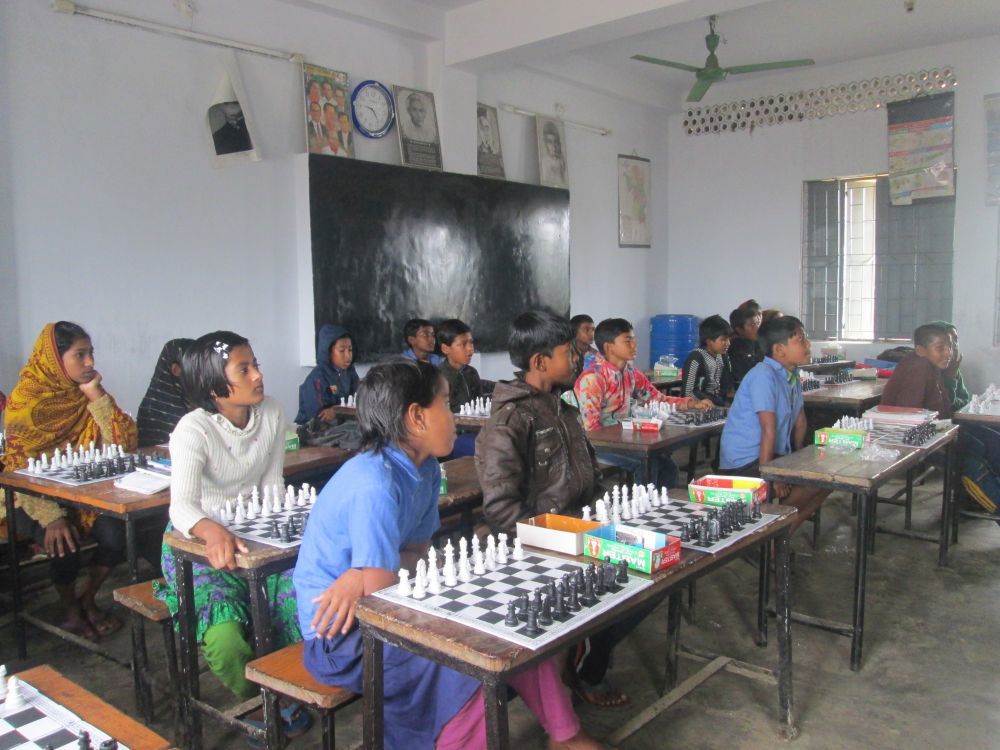
I have noticed that many young players play their moves too quickly—often in 5 to 10 seconds—without fully considering their opponent’s plans. This leads to missed threats, lost pieces, and frustrating defeats. Many times, students have a tactic to win a piece or if the opponent is attacking a piece, they are not playing the correct moves and one reason is FAST PLAY !
Let me break it down, starting with the opening phase.
Complete your Opening in 15 Moves:
In the opening, your goal is simple: build your position quickly and safely.
1. Control the Center with Pawns
Play moves like e4, d4, c4, Nf3 etc. to control the center. These are usually automatic and don’t need much time.
2. Develop Your Pieces Quickly
Bring out your knights and bishops. Don’t waste time moving the same piece multiple times. Try to develop one piece each move.
3. Always Check Opponent’s Move First
Before you make your move, look at what your opponent just played. Ask:
- Is there a threat?
- YES → Defend actively if possible (counterattack instead of passive defense).
- NO → Continue your development smoothly.
- YES → Defend actively if possible (counterattack instead of passive defense).
4. Once You Castle
- If your opponent’s king is stuck in the center: Try to open the e and d files quickly—this can lead to a big advantage.
- Start bringing your remaining pieces (especially rooks and queen) toward the center and think about the middlegame plans.
Turning Points – When You Must Take Time
You can play fast in safe, routine situations, but you must slow down during turning points. These are the moments that decide the direction of the game.
Here are key turning points where you should take your time:
When a Pawn Break is Possible
A pawn break can change the structure of the game. Think: “Is it good for me or for the opponent?”
When a Piece Trade is Offered
Should you trade or not? Ask: “What will be the position after the trade?”
When Your Opponent Creates a Threat
Don’t just react instantly. Look carefully: “Is there a better move than just defending?”
When the Pawn Structure Changes
Every structural change opens new opportunities and weaknesses. Think: “What squares are now weak? Which file is now open?”
When You Spot a Tactic
Take extra time to double-check: “Is this tactic really working?”
Don’t rush!
When You’re About to Attack a Weakness
Think if you have enough pieces to attack and what the opponent might do to defend.
Before Making an Important Positional Move
A move that fixes the pawn structure, changes file control, or places a piece on a key square deserves careful thinking.
Think of the Game as Checkpoints, Not Checkmates
Many beginner students look for a checkmate from move 1. But chess isn’t about fast checkmates—it’s about building your advantage step by step, like crossing checkpoints. Think of a chess game like a long journey. You don’t try to jump to the finish line. Instead, you pass through stations—each one needing attention, planning, and correct decisions.
Here’s an easy way to understand it:
- Checkpoint 1: Complete Your Opening
Get your pieces out, control the center, and castle. - Checkpoint 2: Navigate the Middlegame with Turning Points
Look for better pieces, plans, and weaknesses. Make small advantages. - Checkpoint 3: Convert Your Advantage
If you’re +2 or more, think about simplifying and entering the endgame. - Checkpoint 4: Endgame → Finish with Checkmate
Now your king becomes active, and your pawns become powerful.
When to Attack the King? Only in Two Cases!
- The Opponent’s King is Weak (Uncastled, exposed, or surrounded by open files or few defenders).
- You Have Enough Pieces to Attack
If you don’t have 3+ attacking pieces (like queen, bishop, knight, rook), don’t launch a king attack.
Final Advice to Students
- Before every move, ask:
➤ What did my opponent play?
➤ Is there a threat?
➤ Can I improve my piece?
➤ Is it a turning point? - Don’t play all moves in 5 seconds.
Some moves deserve 5 seconds. Others may need 5 minutes. Learn to balance. - Time is a resource—use it wisely. Don’t enter the last 5 minutes of your game with 30 moves left! (More on this in the class)

